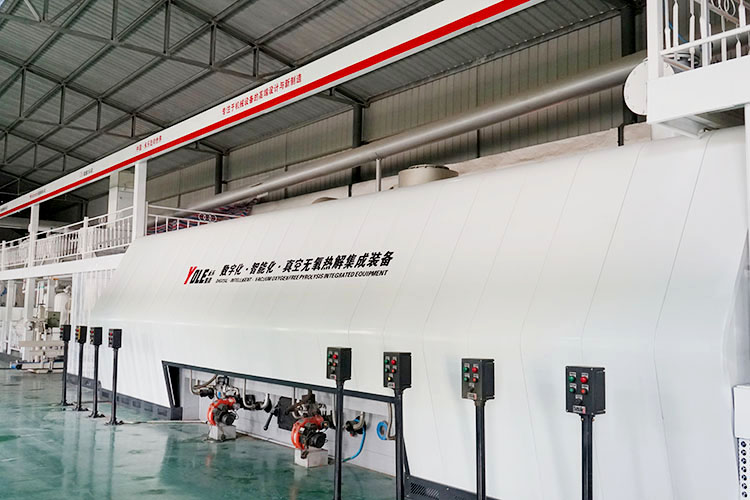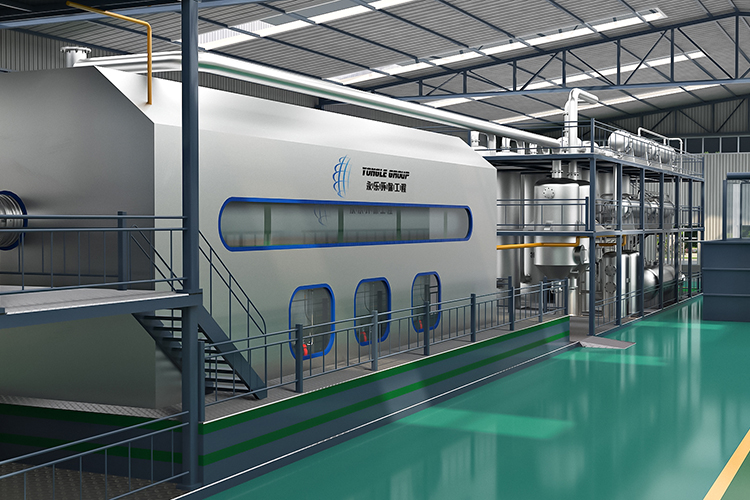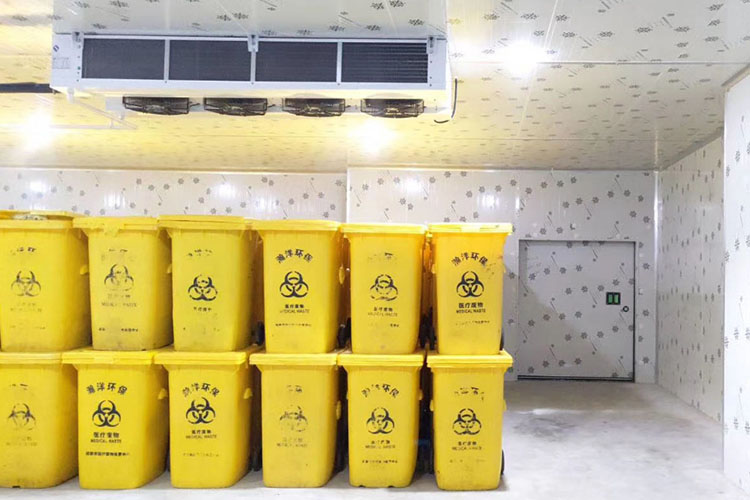Medical waste treatment is a vital part of the public health system in modern society. With the development of the medical industry, the amount of medical waste generated has increased year by year. How to scientifically and safely treat these wastes has become an urgent task. The application of medical waste treatment equipment provides technical support and guarantee for this task. Its treatment process is rigorous and scientific, and must be carried out in compliance with strict regulations to ensure the protection of the environment and public health.
First of all, the treatment process of medical waste starts with classified collection at the source. Medical waste is usually divided into infectious waste, pathological waste, injury waste, pharmaceutical waste and chemical waste according to its nature and risk level. These different types of waste should be stored in special containers before treatment, and the containers must be clearly marked so that they can be accurately identified in the subsequent treatment process to avoid the potential risks brought by mixed treatment. The process of classified collection is particularly important, which determines the efficiency and safety of the subsequent treatment process.

After classified collection, medical waste needs to be temporarily stored in a special temporary storage area. The setting of the temporary storage area must meet multiple requirements, such as anti-leakage, anti-rat, anti-insect, and must be well ventilated. In addition, the temporary storage area should be managed by a dedicated person to ensure that the waste will not be polluted due to poor management. Normally, the stay time of medical waste in the temporary storage area should not exceed 48 hours to avoid health hazards caused by long storage time.
The transportation of medical waste is also a key link in the entire treatment process. During the transportation from the place of production to the treatment equipment, specially designed transportation tools must be used. These tools should have good sealing to ensure that no waste will flow out during transportation, avoiding environmental pollution or other safety problems. The path and time of the transportation process must also be carefully planned to shorten the transportation route and time as much as possible to reduce the risk of pollution during transportation.

After the medical waste arrives at the treatment equipment, it will enter the most core treatment stage. The common treatment methods currently include high-temperature incineration, high-temperature steam sterilization, microwave treatment and chemical disinfection. Among them, high-temperature incineration is the most common treatment method, which converts medical waste into harmless ashes and gases by incinerating it at high temperature. High-temperature steam sterilization uses high-temperature and high-pressure steam to sterilize medical waste to meet harmless standards. Microwave treatment and chemical disinfection are special treatment methods for different types of waste. Through heating or chemical agents, pathogens are killed to ensure the harmless treatment of waste.
The residues after treatment also need to be properly disposed of. Ashes and residues produced by incineration are usually sent to sanitary landfills for landfill, while wastewater and waste gas produced during the treatment process need to be strictly treated and meet the national environmental protection standards before they can be discharged. Doing so is not only responsible for the environment, but also for human health.

There are some key precautions that must be strictly followed throughout the process of medical waste treatment. First, operators must always maintain safety awareness and wear personal protective equipment such as gloves, masks and protective clothing to avoid direct contact with medical waste to prevent infection. Secondly, in all aspects of waste collection, temporary storage, transportation and treatment, waste must be prevented from flowing out or leaking to avoid secondary pollution to the environment. Equipment maintenance should also not be ignored. Regular inspection and maintenance of treatment equipment to ensure its normal operation is an important measure to prevent incomplete treatment or equipment failure.
In short, the treatment of medical waste is a complex and rigorous process involving scientific management and technical application in multiple links. Only by strictly implementing the treatment procedures and precautions can we ensure the safe and harmless treatment of medical waste and effectively protect the environment and public health.
Yongle Environmental Protection is mainly engaged in the research and development, production and sales of complete sets of technical equipment for organic solid waste disposal and comprehensive utilization. Production and manufacturing, domestic waste treatment equipment, tire pyrolysis equipment, medical waste disposal equipment, hazardous waste disposal equipment, and achieve efficient and comprehensive utilization of resources through independently developed low-temperature anaerobic pyrolysis equipment technology solutions.
Tags:Treatment process and precautions for medical waste treatment equipment,Medical waste treatment equipment,YONGLE GROUP
 Latest news
Latest news


























